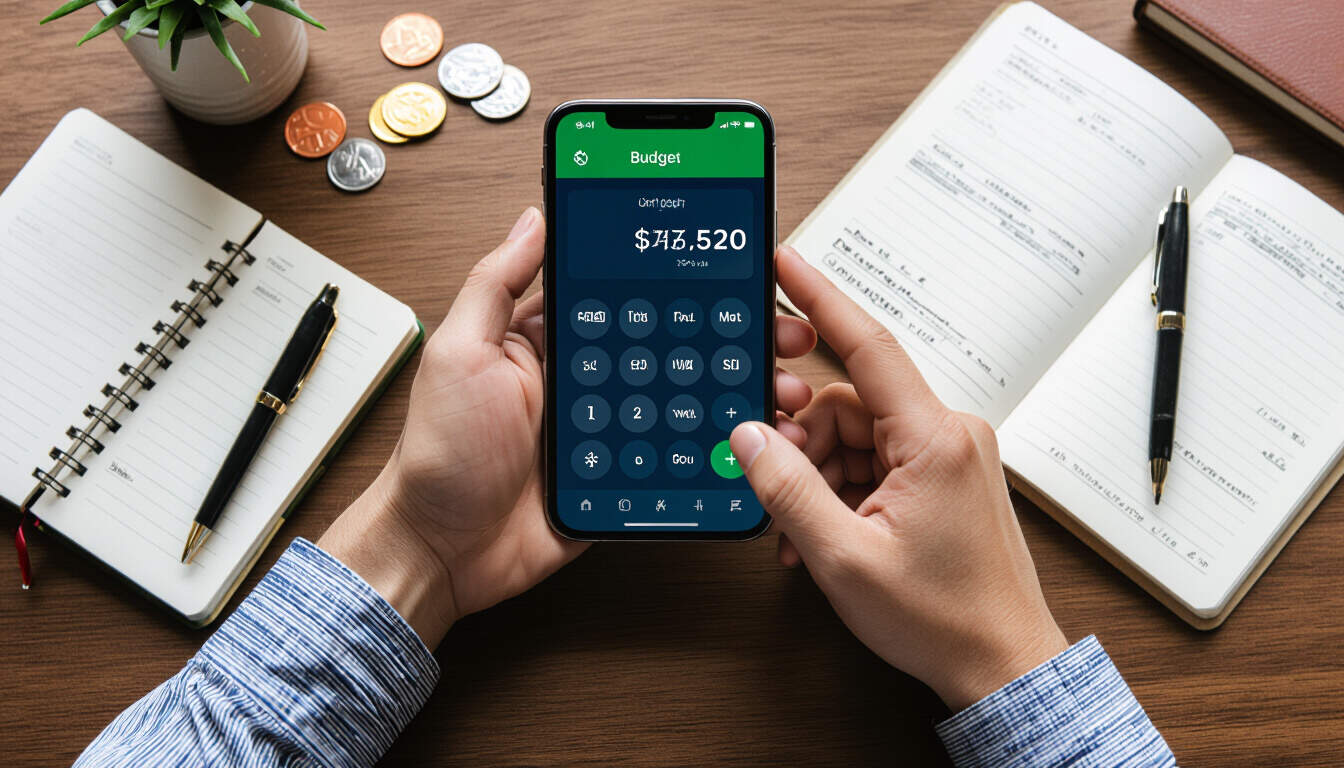Review of Top Budgeting Apps for Everyday Financial Control
 by Lilian Nienow
by Lilian Nienow
Discover how budgeting apps can simplify tracking expenses and managing finances. This review covers popular options, their features, and tips for choosing the right one to support your financial goals, making it easier for beginners and seasoned users alike.

Budgeting apps have become essential tools for many people looking to take charge of their finances. These applications offer ways to monitor spending and plan for the future. For instance, budgeting apps help users set limits on categories like groceries or entertainment.
In the area of personal finance, selecting the right app depends on individual needs. One popular choice is Mint, which provides a straightforward interface for linking bank accounts. Users can view all transactions in one place, making it simple to spot overspending. Mint also includes features for categorizing expenses and generating reports, which aid in monthly planning.
Another option is YNAB, or You Need A Budget. This app emphasizes assigning every dollar a job, promoting intentional spending. YNAB teaches users to prioritize needs over wants, which can lead to better savings habits. Its system encourages regular adjustments based on income and bills, helping to build a solid foundation for wealth growth.
PocketGuard stands out for its focus on net worth tracking. The app connects to financial accounts and calculates how much users can spend after accounting for bills and goals. This feature makes it easier to avoid debt while working towards objectives like saving for a vacation. PocketGuard's interface is user-friendly, appealing to those new to finance tools.
Key Features to Consider
When evaluating these apps, several elements matter most. First, ease of use is crucial for beginners. Apps with intuitive designs allow quick setup and navigation, reducing frustration during learning. For example, Mint offers tutorials that guide users through initial steps.
Security is another vital aspect. All reviewed apps use encryption to protect sensitive data, ensuring privacy in financial matters. YNAB, for instance, requires strong passwords and two-factor authentication, adding an extra layer of protection.
Cost is also a factor. Some apps like Mint are free, while others such as YNAB charge a subscription fee. This fee often includes premium support and advanced tools, which can be worthwhile for dedicated users. Weighing the price against benefits helps in making an informed choice.
Pros and Cons of Popular Apps
Let's break down the strengths and weaknesses of each app. Starting with Mint, its pros include automatic transaction imports and budget alerts. However, it may show ads, which some find distracting. On the positive side, these alerts can prevent overspending in key areas.
YNAB excels in educational resources, with videos and articles on budgeting principles. A potential downside is the learning curve, as it requires more active involvement from users. Despite this, the app's methods can foster long-term financial stability.
PocketGuard shines with its 'spendable' amount feature, showing real-time available funds. One con is that it might not support as many bank integrations as competitors. Still, for basic tracking, it performs well and keeps things straightforward.
How These Apps Support Financial Growth
Using expense tracking tools within these apps can lead to noticeable improvements. For beginners, starting with simple categories helps build habits without overwhelming detail. Experienced users might appreciate advanced analytics that forecast future spending patterns.
Over time, consistent use can result in reduced unnecessary expenses. For example, YNAB's approach of giving every dollar a purpose encourages users to align spending with personal goals, such as building an emergency fund. This practice supports overall wealth management by promoting disciplined choices.
In practice, many users report saving more each month after adopting these tools. PocketGuard, with its visual summaries, makes it easier to see progress towards targets, motivating continued effort. The key is to select an app that fits one's lifestyle and financial situation.
Tips for Getting Started
To begin, download a few apps and explore their free trials. Set up accounts with a clear goal in mind, like reducing dining out costs. Track progress over a month and adjust as needed. Regular reviews of app data can reveal patterns, such as seasonal spending spikes.
For those with multiple income sources, apps like Mint allow easy import of various accounts, simplifying the process. YNAB's budgeting philosophy can be particularly helpful for allocating funds across categories effectively.
Ultimately, the right app becomes a reliable partner in managing finances. By incorporating these tools into daily routines, individuals can achieve greater control and work towards their aspirations. Whether aiming to pay off debts or save for investments, these apps provide the support needed for steady progress.
In summary, options like Mint, YNAB, and PocketGuard offer valuable features for different users. Choosing based on specific requirements ensures a positive experience. With regular use, these tools can contribute significantly to personal finance success.
